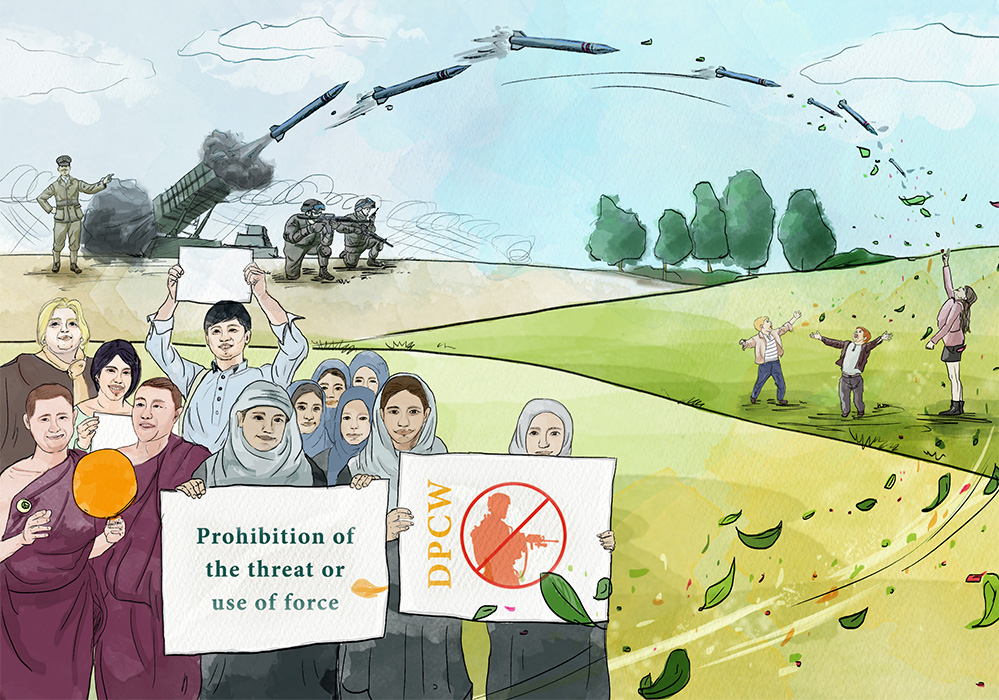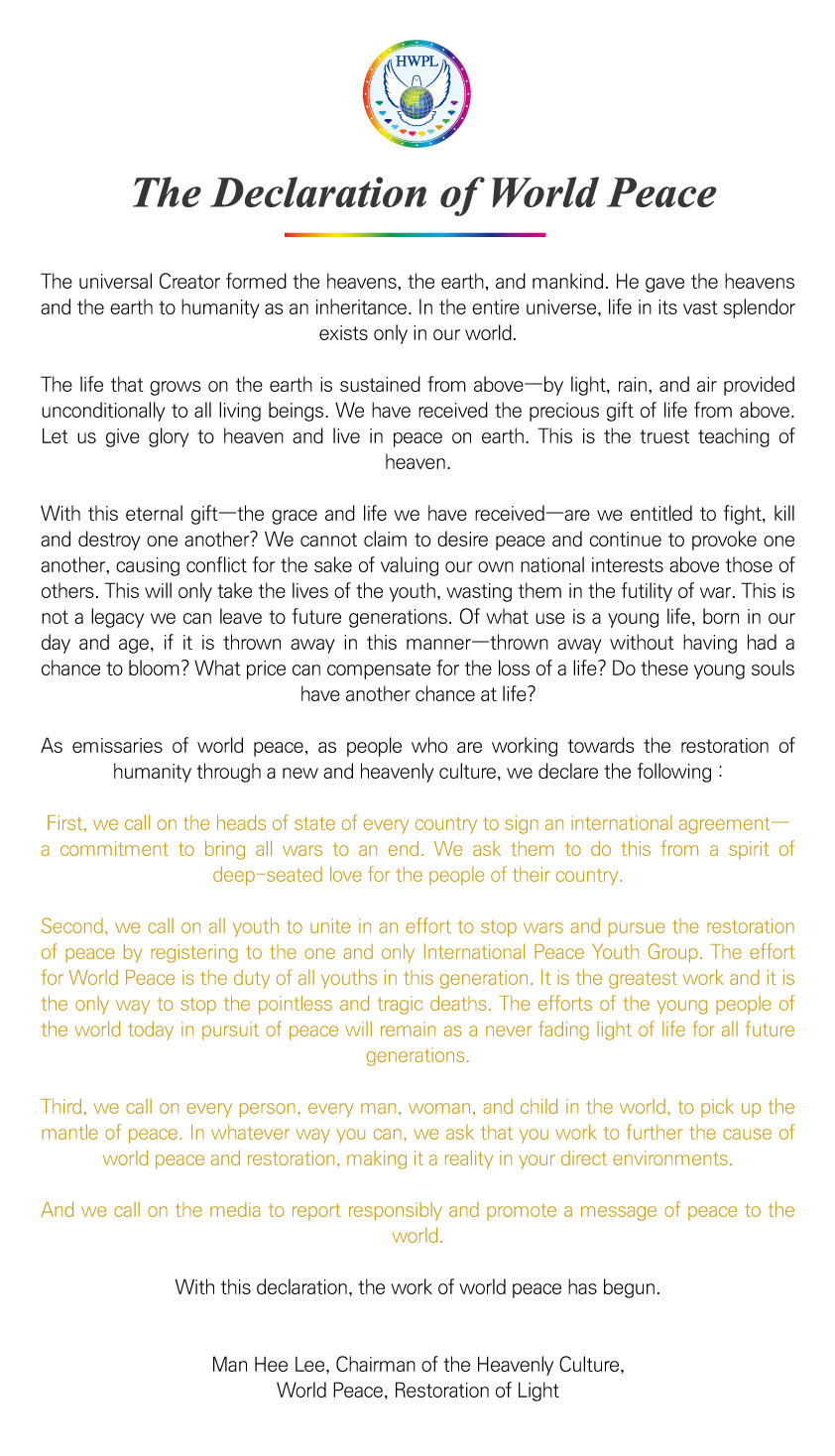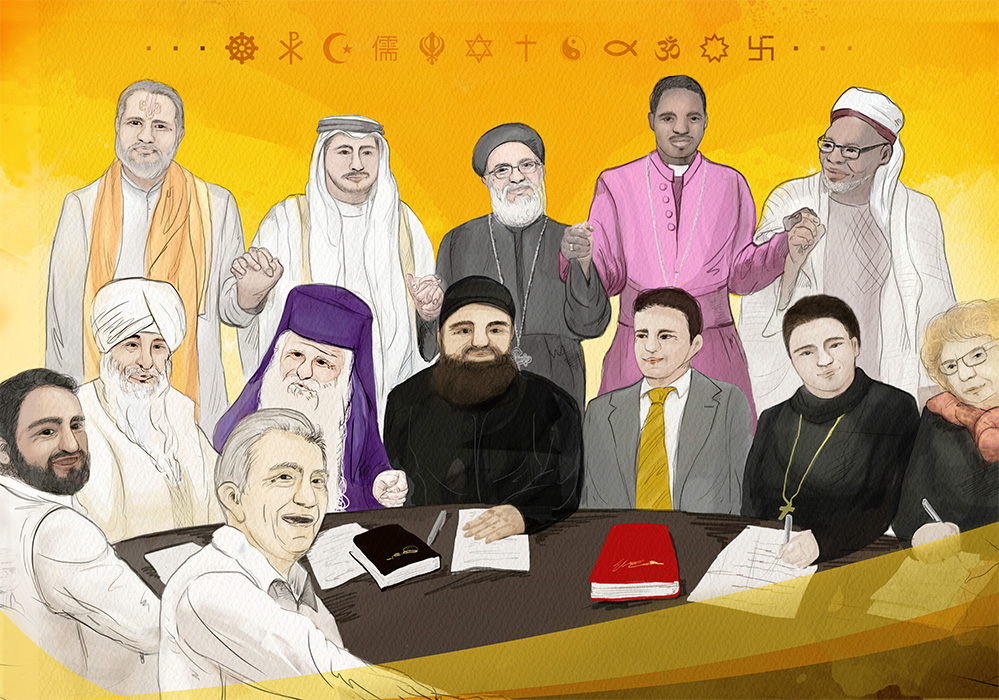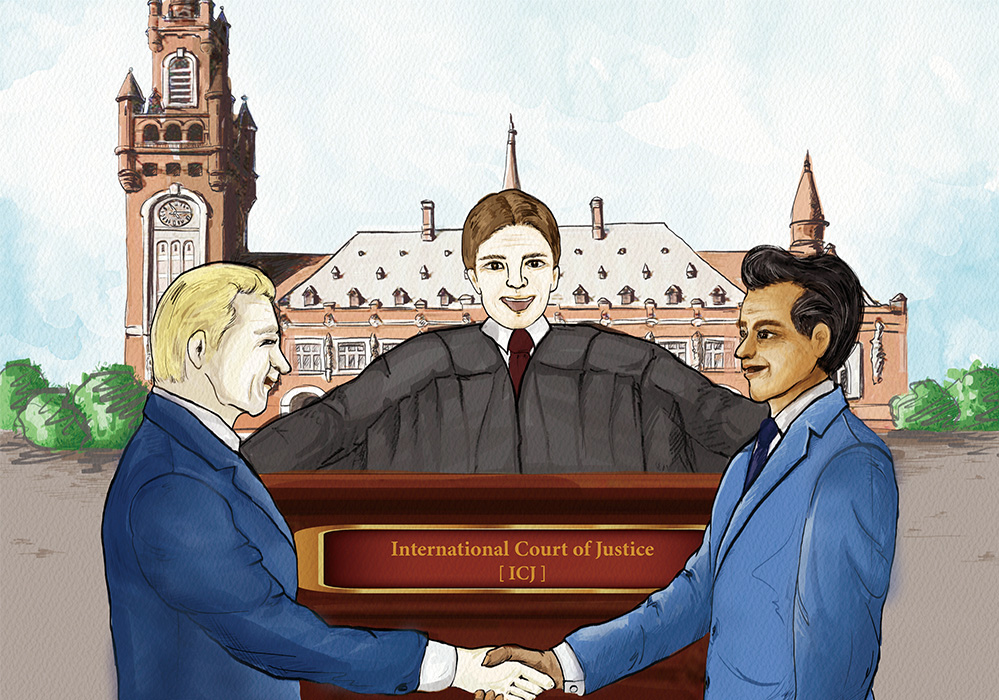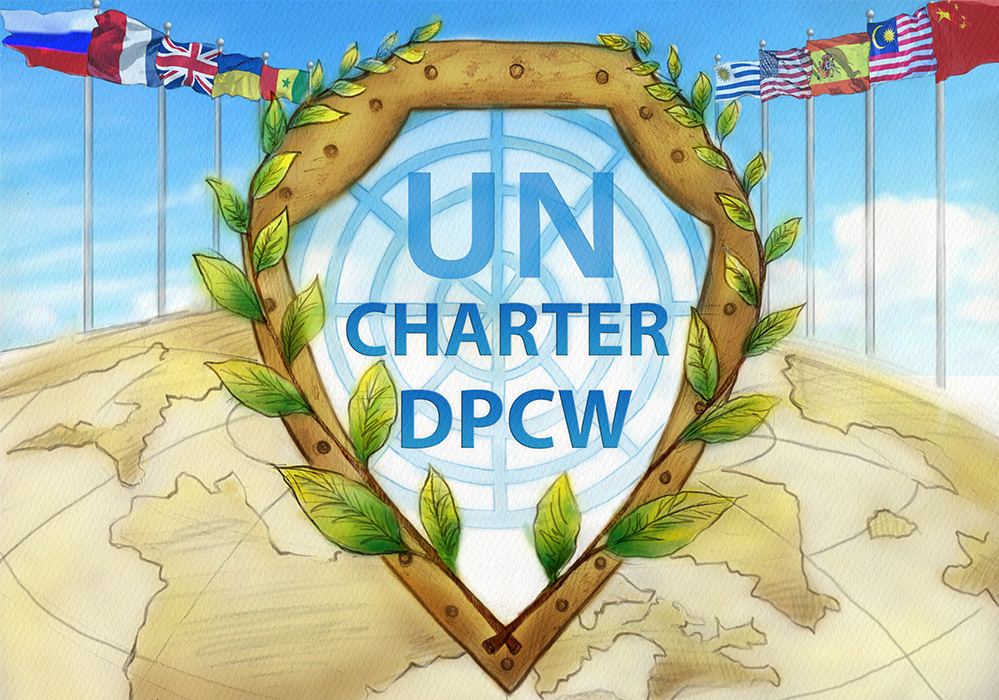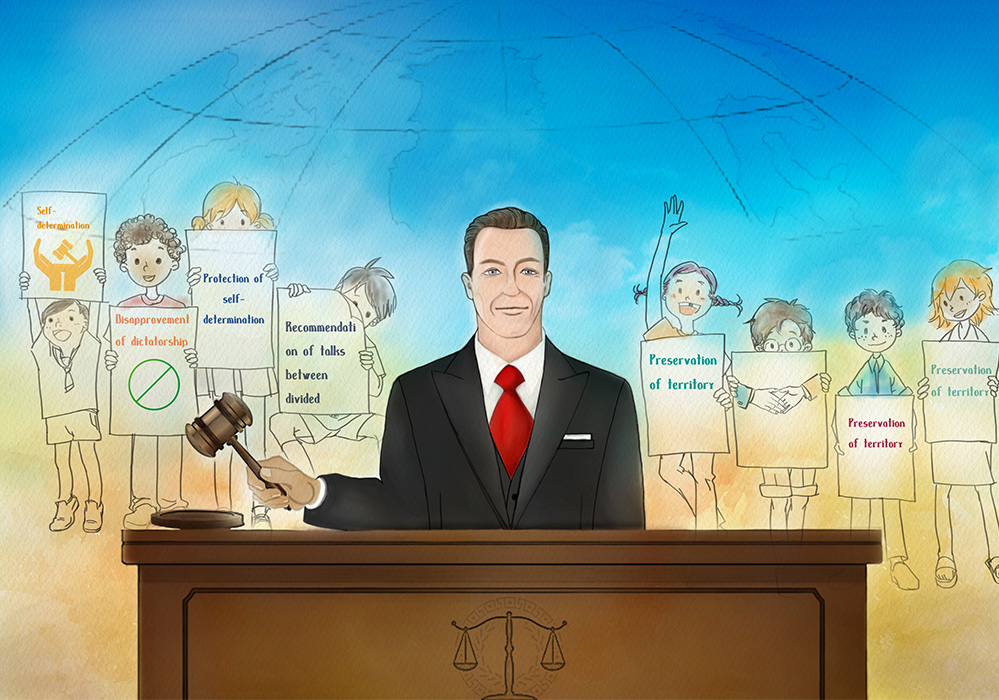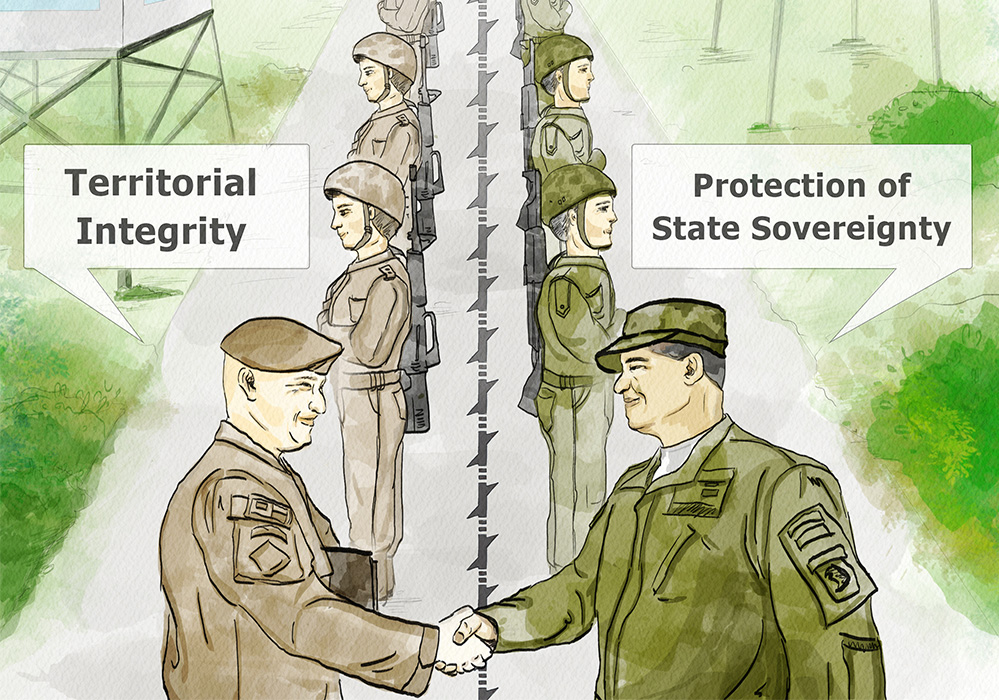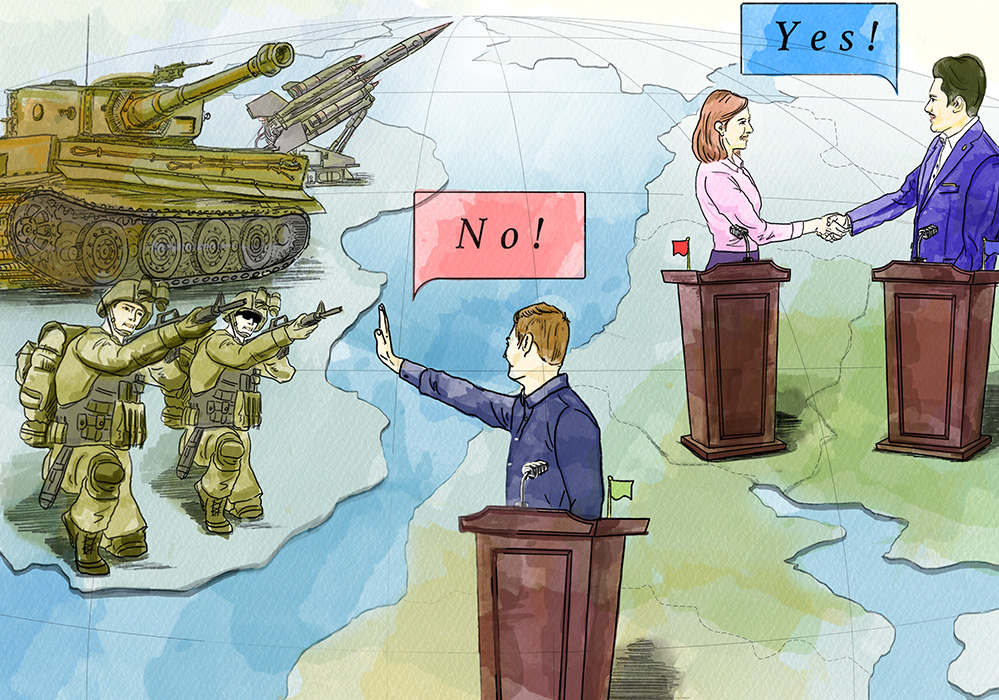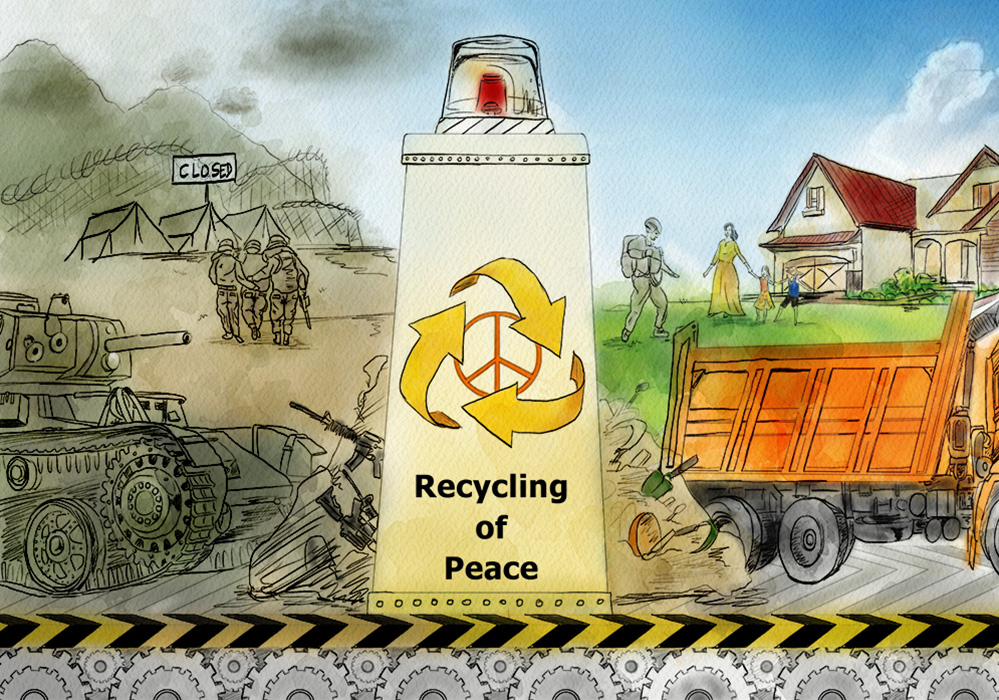50 million living in extreme poverty, where are we going?
The Trocadéro Human Rights Plaza in Paris is a historical site where the essential path towards the foundation of the guiding principles for all humanity and human rights remains intact.
It is not only the place where the United Nations adopted the Declaration of Human Rights in 1948, but it is also where Father Joseph Wresinski unveiled a commemorative stone on October 17, 1987, in the presence of 100,000 people, to acknowledge the lives and efforts of people living in extreme poverty and to ultimately eradicate the whole concept of poverty, thus improving the current human rights situation.

“WHEREVER MEN AND WOMEN ARE CONDEMNED TO LIVE IN EXTREME POVERTY, HUMAN RIGHTS ARE VIOLATED. TO COME TOGETHER TO ENSURE THAT THESE RIGHTS BE RESPECTED IS OUR SOLEMN DUTY.”
FATHER JOSEPH WRESINSKI


The Food and Agriculture Organization of the UN and the World Food Programme pointed out that the core cause of poverty is conflict and that the population living in poverty while being affected by conflict is 56 million globally. (The MDG Report 2015) Also, it indicates that in order to solve the dilemma that threatens human life as well as global food security. including the struggle with poverty and widespread occurrence of famine that the current and future generations are to experience, the fundamental cause must be resolved.
For example, among the countries exposed to poverty caused by conflicts, Yemen and Syria hold the highest ranks. These two countries have suffered continuous conflicts and civil wars. In Yemen, 14 million, more than half of the population, are living in poverty, while in Syria, 8.7 million Syrians, 27% of the population of the country, are facing the crisis of poverty caused by the ongoing conflict that has lasted for 5 years already. (World Food Programme)
Due to armed conflicts caused by diverse elements, such as negative historical sentiments, ethnic and religious disputes, and military and political relations with neighboring countries, the overall infrastructure of society is destroyed, resulting in direct effects on every aspect of peoples’ lives.
Furthermore, government that is stricken by long-term conflict is unable to provide and manage policies or legal systems for the people, who are then completely exposed to the unstable social structure and become surrounded by the barrier of poverty. International aid and support can alleviate the situation temporarily, however if it is utilized for the government fund rather than economic activities and the development of infrastructure, the conflict often rages on, leading to more severe poverty, and that poverty brings about conflict once again, resulting in a vicious cycle. In other words, the lack of an institutional strategy that ceases conflicts, in order to break the cycle, and its systematic implementation only increase the number of people living in poverty.
After conflict is ended through the governance of an international document, which has its principles based on the DPCW, peace can be realized. Although the consequences of conflict, poverty, starvation, and overall social affairs, are unlikely to be fully resolved immediately, if an international instrument that encompasses the entire international community continues to be a mere abstract idea, then the number of those who are exposed to poverty, in other words, those whose human rights are violated will continue to rise.
In order for the hearts of the 100,000 people who cried out for the eradication of poverty in Trocadéro 29 years ago and the enormous efforts of the UN and the international society towards the settlement of conflict to be realized even one day sooner, it is imperative to have the continuous interest and involvement of all citizens and world leaders regarding this international law on the cessation of armed conflicts and wars.




